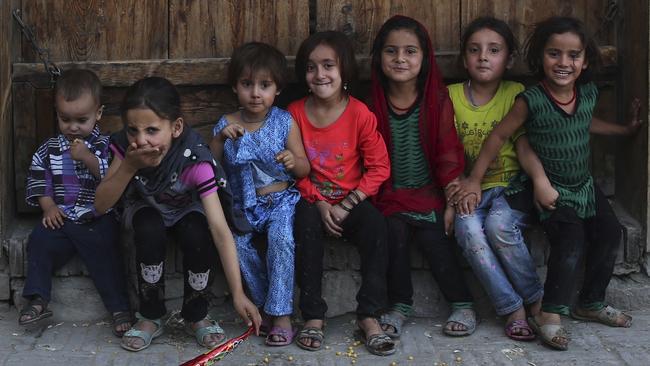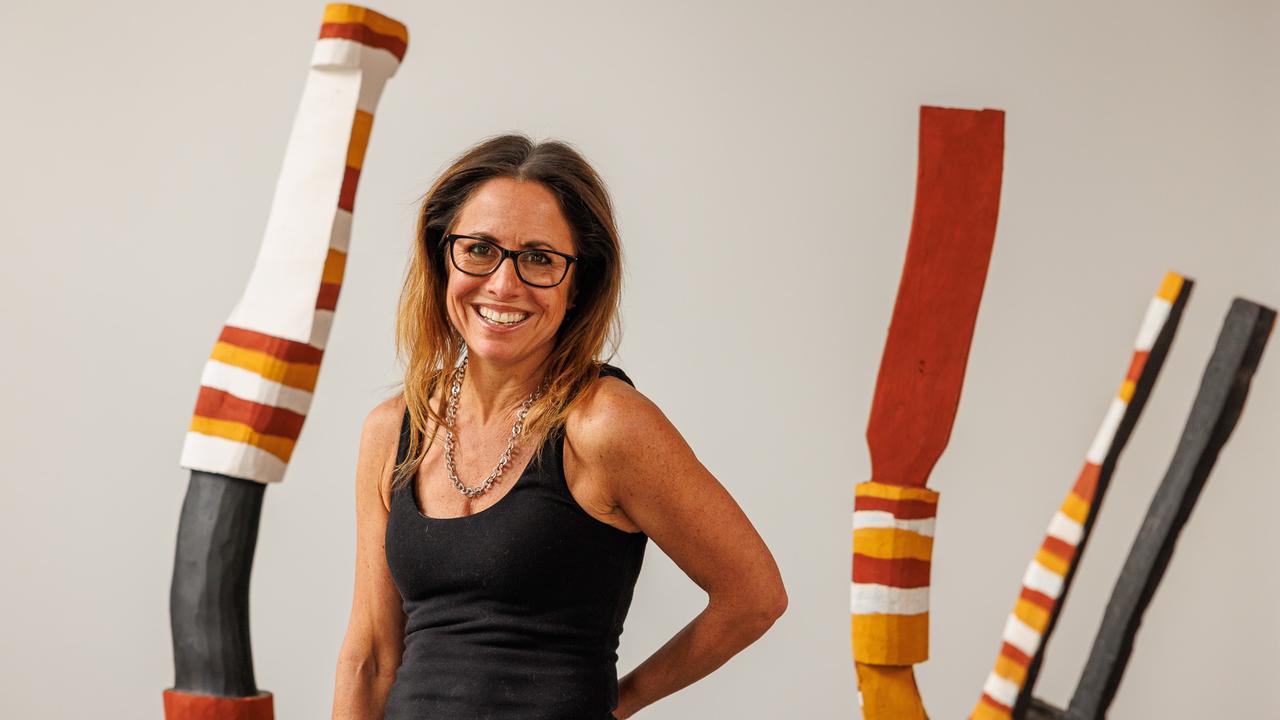Examining Australia’s refugee policy
Where does Australia really stand, morally and legally, on refugee policy?

“What kind of world are we becoming, when 65 million people do not have a safe place in their own countries? What kind of world are we nurturing and accepting?” These pointed questions are posed at the outset of Mark Isaacs’s challenging yet uplifting book, The Kabul Peace House.
The man who poses the questions is an inspiring Afghan doctor named Insaan. He is the book’s unlikely hero, having embarked in 2008 on what might seem a hopelessly idealistic project: to establish and maintain, in one of the world’s most dangerous cities, a community of young Afghanis devoted to the principles of nonviolence.
Insaan has brought together a team of determined men and women — many with harrowing backstories — from Afghanistan’s rival ethnic groups (including the four largest: Pashtuns, Tajiks, Hazaras and Uzbeks). Numbering about 40 in all, moving periodically from one humble set of premises to another, the active members represent a “microcosm of a peaceful multiethnic community”. As Isaacs explains, Afghanistan has been wracked by war more or less constantly since the Soviet invasion of 1979. That brutal conflict lasted 10 years, and was followed hard upon by a long civil war of uncommon destructiveness.
Infamously, during the 1980s and 90s, the US backed the Islamist militants (the Mujahideen) who spawned the Taliban, Osama bin Laden’s al-Qa’ida and other terrorist groups. Following 9/11, a US-led coalition invaded Afghanistan, ostensibly to oust al-Qa’ida from its “safe haven” and defeat the Taliban. It was not until 13 years later, in December 2014, that most combat troops were withdrawn. The whole exercise cost almost $US1 trillion, but the long-term consequences have been dire.
It is little wonder that for decades, and until recently, Afghanistan was the world’s biggest source of refugees. One might expect that Australia — extremely affluent, at least nominally Christian, part of the ill-begotten 2001-14 invasion/occupation, and a voluntary party to the UN Refugee Convention of 1951 — would be among the most generous global citizens when it comes to helping refugees and asylum-seekers, especially those from Afghanistan. Alas, no. However, our policies of strict “deterrence” do not comply with international law. That is an unarguable fact, whatever our politicians and their apologists may profess.
The reasons have been explained many times. Lawyers Jane McAdam and Nicole Chong spelt them out fully and soberly in their 2014 book, Refugees: Why Seeking Asylum Is Legal and Australia’s Policies Are Not.
Their new book, Refugee Rights and Policy Wrongs, is an update. But the authors’ key point is the same as five years ago. Australia’s notorious suite of policies — indefinite mandatory detention, offshore processing, temporary protection visas, boat turnbacks, curtailment of legal aid, and the rest — breach the rules of international refugee law. Most basic is the principle of non-refoulement, “the requirement not to send refugees to a place where they fear persecution, or to a country that might send them to such a place”.
If the legal position is clear-cut, so too is the Australian government’s true intent: in McAdam and Chong’s words, “to seek to shift responsibility for refugee protection to other countries”. John Howard admitted as much to me (“I accept that”) during an on-the-record interview in 2012.
The most vexing question is why a large majority of Australians have always supported a “tough” stance; why, to put it bluntly, most are not troubled that our conduct violates legal norms, that our annual intake of “genuine” refugees is stingy (18,750 compared with 190,000 migrants), and that our country is perceived in influential quarters overseas as a cynical, hypocritical freeloader.
McAdam and Chong contend many Australians have accepted “common myths”, not least that asylum-seekers who come by boat are “queue-jumpers”, “economic migrants”, potential terrorists and/or guilty of illegal conduct by arriving in or near Australian waters without a visa. These slogans are familiar; much less so are the plain refutations.
My own sense is that most Australians realise that our policies are craven and cruel. Certainly, the biblical injunctions about welcoming “aliens” and “strangers” in distress are unambiguous.
No one suggests this massive human tragedy is easy to solve, but working cooperatively with other countries towards a viable regional framework is the honourable thing to do. As McAdam and Chong contend, it would also be sensible. After all, “Australia invariably asserts the importance of and authority of international law when our own interests are at stake”.
Only one justification for Australia’s current approach is, from a moral standpoint, even superficially respectable: that “lives are saved” by preventing would-be asylum-seekers from boarding unseaworthy boats and drowning at sea.
The argument is bogus and insincere. Saving lives at sea was not the reason these policies were introduced two decades ago. It has become a face-saving excuse. Most Australians neither know nor care what happens to the people who are deterred from attempting the voyage here or turned back at sea.
In the case of turnbacks (there have been 34 since 2013), McAdam and Chong make the killer observation that the Australian government does not bother to monitor what happens to people once they have been returned. Which brings us back to the redoubtable Mark Isaacs. The reason he first visited Afghanistan in 2016 — with a team from the Edmund Rice Centre — was to report on the safety of asylum-seekers whose applications had been rejected and who had been deported by the Australian government to their country of origin.
Isaacs’s interviewees at the Kabul Peace House were willing to state hard truths. Their own beleaguered nation, and the millions who flee from it, are victims not only of the violence of war but the “violence of economics”: inequality, poverty, corruption, environmental degradation.
Many Australians are such victims too, but to a lesser extent, and most know they are comparatively lucky. Fear of losing what they have may be the main driver of their fear of the other. That and exhausted indifference.
But there should be a greater fear: spiritual death. In Insaan’s wise words: “When we hurt one another … we are hurting none other than ourselves.”
Those at the Kabul Peace House take their inspiration from anthropologist Margaret Mead: “Never doubt that a small group of thoughtful, committed citizens can change the world; indeed, it’s the only thing that ever has.”
Roy Williams lectures in law at Sydney University and is the author of In God They Trust? The Religious Beliefs of Australia’s Prime Ministers.
The Kabul Peace House
By Mark Isaacs. Hardie Grant Books, 294pp, $29.99
Refugee Rights and Policy Wrongs
By Jane McAdam and Fiona Chong. UNSW Press, 264pp, $29.99



To join the conversation, please log in. Don't have an account? Register
Join the conversation, you are commenting as Logout